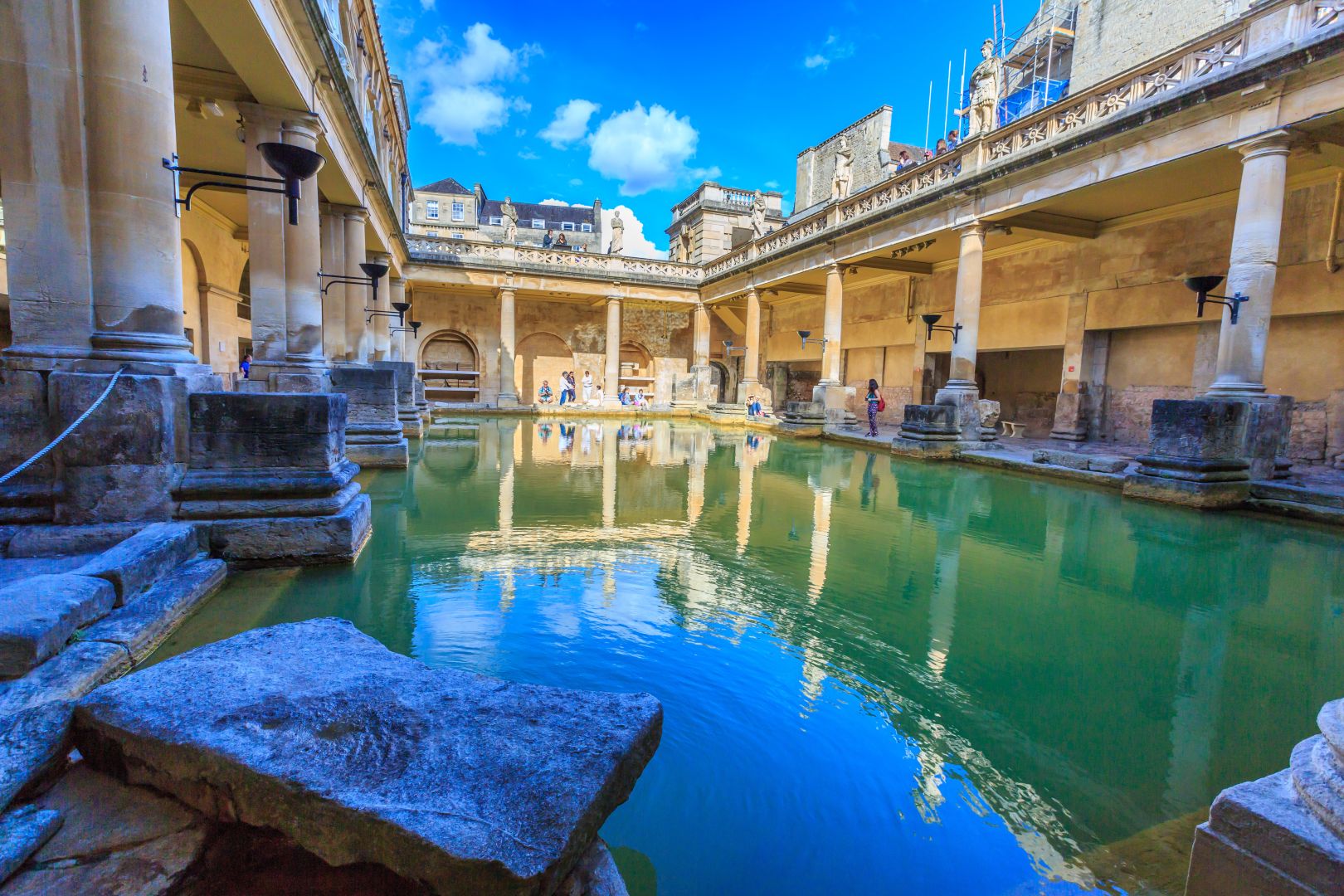Bath Area
Surrounding Villages
-
WellowA picturesque village with the Fox and Badger pub at its centre. The village is known as the southernmost boundary of the Cotswolds and is designated as both an AONB and a Conservation area. A late medieval packhorse bridge crosses the Wellow Brook and one notable past resident is the artist Peter Blake.
-
MellsA village with unspoilt character and very popular with those seeking access to Bath, Frome and Somerset. The Talbot Inn was a coaching inn during the 15th century and is now an award winning venue. Sir Edwin Lutyens is responsible for many structures in the village and the 15th century church of St Andrew is the resting place of the poet Siegfried Sasson. Today the village is well known for its spring Daffodil festival.
-
FreshfordAn architecturally rich heritage village, home to the very popular Freshford Primary School and railway station with services to Bath and Bristol, making Freshford a desirable place to live outside of Bath. Unusually, the properties have names not numbers. Saxon in origin and historically wealthy thanks to the wool industry, the village borders the River Frome which is crossed by a 16th century bridge beside The Inn village pub and restaurant.
-
MarshfieldDesignated a town and granted market status in 1234 the long central High Street is a feature, as are its four public houses. Bypassed by the A420 (Bristol to Chippenham), the village is popular for those wanting access to Bath and the M4 motorway whilst enjoying village life around the high street and market place. There is a village shop, Marshfield Primary School and St Mary's Church.
-
BoxOriginally a Roman settlement, the village is now known for Box Railway tunnel which is 1.83 miles in length and entrances listed Grade II. The surrounding countryside was quarried during the 18th, 19th and early 20th centuries for its popular limestone known as Box stone. Popular with families, the village has Box C of E primary School and extensive facilities on the village recreation ground.
-
Bradford-on-AvonA very popular and picturesque town dating back to Roman times, with the River Avon running through its centre. A popular tourist destination, the historic centre is a cluster of beautiful old mills, cottages and grand town houses, mostly built from the local limestone. The riverside location, beautiful countryside and stunning architecture, make Bradford-on-Avon a popular destination to live, and its train line is on main lines connecting London Waterloo, Bristol, Bath and Portsmouth.
Lifestyle
-
Shopping
Despite its small size, Bath's shopping amenities are almost as famous as its architecture, with the Christmas Markets drawing interest from all over the world.
On a day to day basis, Bath is underpinned by incredibly diverse local craftsmanship and independent stores which sit alongside more well-known boutiques and household names within the city's shopping areas.
Milsom Street, located in the centre of Bath, runs south from George Street, and is a great place to find top fashion designers and independent retailers. Further south, across the road from the train and bus stations, Southgate is a lively retail complex, home to many large household name stores. Surrounding Bath Abbey is a maze of alleyways and Georgian passages full of mostly independent stores selling all sorts, including confectionary, fashion and accessories. Alternatively, Walcot Street and London Road have gained a reputation as the Artisan Quarter, and are packed with vibrant, independent shops offering everything from vintage clothing to designer homeware.
-
Eating
Menu Gordon Jones
A stylish contemporary restaurant with a multicourse tasting menu and global wines, offering contrasting flavours, textures and temperatures with English, Indian and Asian influences.
The Olive Tree
A Michelin star restaurant combining classic flavours with modern techniques, set within the Queensberry Hotel in the heart of Bath.
Corkage
A hugely popular and intimate restaurant with a modern and creative menu, a great atmosphere and a fabulous wine collection.
Woods Restaurant
Privately owned since 1979, Woods is a truly family run business offering personal service and dazzling food. It's British cooking with a French accent.
-
Drinking
The Marlborough Tavern
A fantastic dog-friendly gastropub, a short walk from Royal Crescent and Victoria Park. Known for its Sunday roasts and busy with families at the weekend.
The Hare & Hounds
One of Bath’s leading Gastropubs, The Hare & Hounds is located in Lansdown and has far-reaching views of the local countryside, with excellent food and a family-friendly atmosphere.
The Star Inn
Dating back to the 16th century, The Star Inn is a throwback to different times, with a traditional, cosy interior, located on The Paragon.
The Canary Gin Bar
A modern day gin palace situated within a snug atmospheric bar. On the bar’s shelves they serve up around 230 other gins in addition to their Bath Gin range.
The Boater
A great pub on match day, The Boater is a short walk to the Rec and a few steps from Ponte Vecchio-inspired Pulteney Brudge.
Beckford Bottle Shop
A stylish and sociable wine shop and adjoining British Bistro, located opposite Bath Assembly Rooms, offering small plates and stunning wines from all around the world.
Travel
-
Trains
Bath Spa to London Paddington in 1 hour 15 minutes. Bath Spa to Bristol Temple Meads in 12 minutes.
-
Other Transport
Bath is located close to the M4 and M5, providing easy access to London, the North, the South West and Wales.

